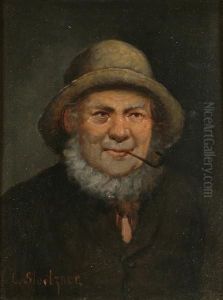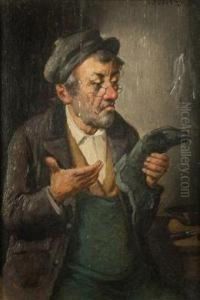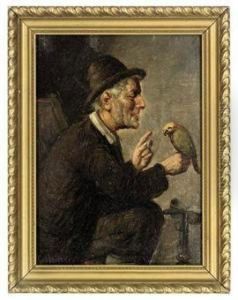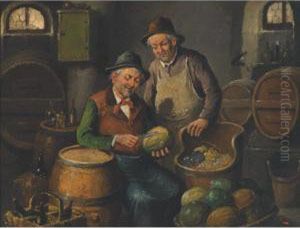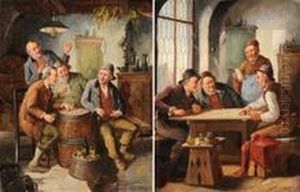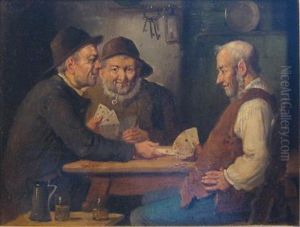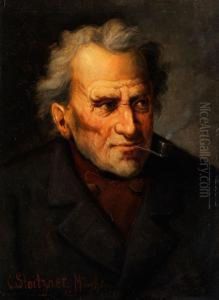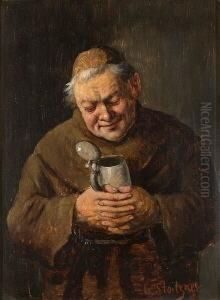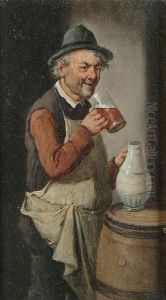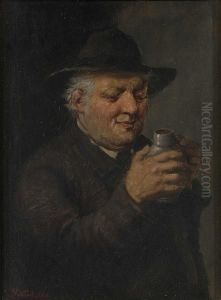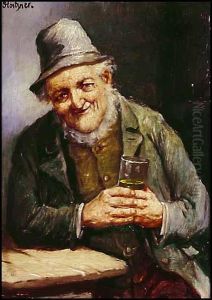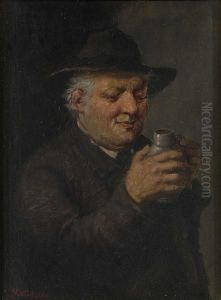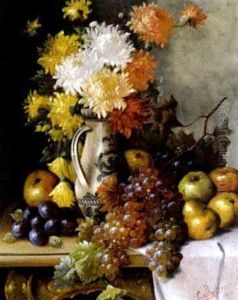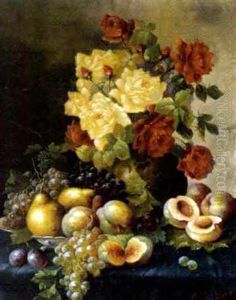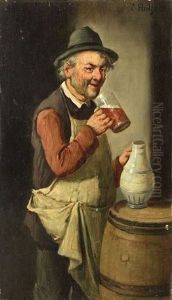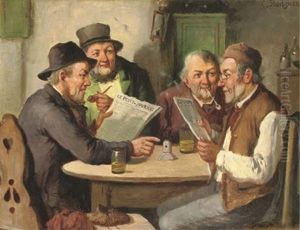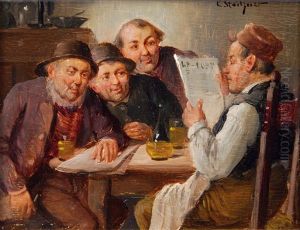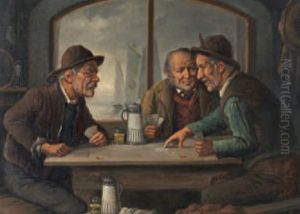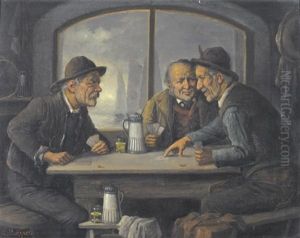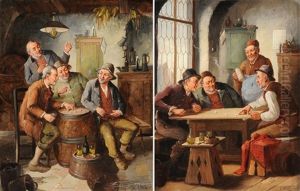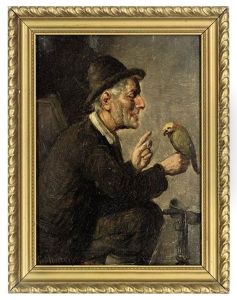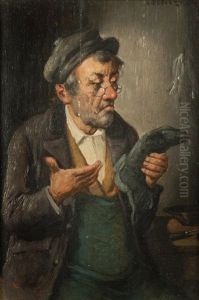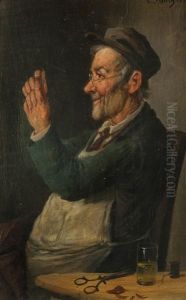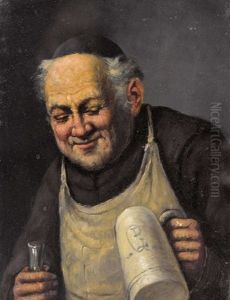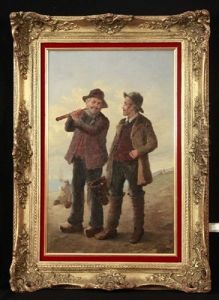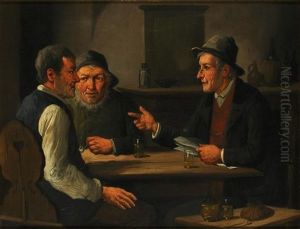Carl Siegfried Stoitzner Paintings
Carl Siegfried Stoitzner was an Austrian painter known for his still-life paintings, particularly his intricate and realistic depictions of flowers. Born in Vienna, Austria, in 1863, Stoitzner was part of a family with a rich artistic background; his father, Josef Stoitzner, was also a painter who had a significant influence on his style and career. Carl Siegfried developed his skills in the traditional academic setting of the Vienna Academy of Fine Arts, where he was exposed to the rigorous classical training that was typical of the time.
Stoitzner's work is often characterized by a meticulous attention to detail and a rich palette, qualities that made his floral compositions stand out. He was a member of the Vienna Künstlerhaus, an association of artists in Vienna, which played a crucial role in the art scene of the city during his lifetime. His paintings often featured a variety of flowers arranged in ornate vases, showcasing not only his technical prowess but also his deep appreciation for the natural beauty of his subjects.
Throughout his career, Stoitzner exhibited his work widely, participating in numerous exhibitions in Austria and beyond. He gained a reputation for his ability to capture the subtle textures and colors of petals, leaves, and stems, creating compositions that were both vibrant and delicate. His works were well-received by critics and collectors alike and continue to be appreciated for their craftsmanship and aesthetic appeal.
Carl Siegfried Stoitzner's contribution to Austrian art is particularly noted in the context of still-life painting, a genre that has a long and rich tradition in European art history. His paintings are part of several collections and have been displayed in museums, reflecting his enduring legacy as an artist. Stoitzner passed away in 1933, leaving behind a body of work that continues to be studied and admired for its beauty and technical skill.
